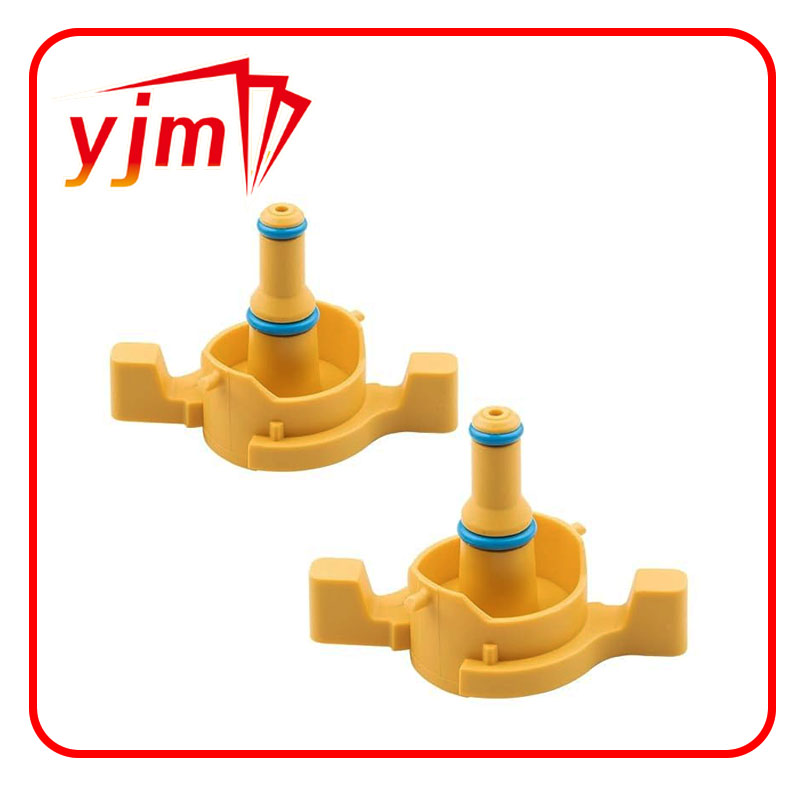marine shaft seals
Marine Shaft Seals Essential Components for Vessel Performance
Marine shaft seals play a critical role in the operation and maintenance of boats and ships. These components are designed to ensure a watertight seal around the shaft that connects the propulsion system to the vessel's hull. As watercraft operate in a challenging marine environment, the integrity and reliability of shaft seals are paramount for safety, efficiency, and the longevity of marine vessels.
Understanding Marine Shaft Seals
A marine shaft seal primarily serves to prevent water from entering the hull through the openings created by the propulsion shafts, while also allowing for the movement of the shafts. These seals can be found in various marine applications, from small recreational boats to large commercial vessels. The seals are typically made of durable materials like rubber, elastomer, or composite materials and are designed to withstand harsh marine conditions, such as saltwater, varying temperatures, and high pressures.
Different Types of Marine Shaft Seals
There are several types of marine shaft seals, each designed for specific applications and operating conditions. Some of the most common types include
1. Mechanical Seals These are widely used in both recreational and commercial vessels. They function by using a rotating and a stationary face, which create a barrier against water ingress. Mechanical seals are favored for their ability to withstand high speeds and pressures.
2. Lip Seals Also known as radial shaft seals, these consist of a rubber lip that presses against the rotating shaft to keep water out and lubrication in. Lip seals are straightforward to install and maintain, making them popular for smaller vessels.
3. Packer Seals These seals use a combination of materials to create a secure seal at the shaft's entry point. Packer seals are effective in high-pollution environments, as they can contain leakage effectively.
marine shaft seals

4. Stuffing Box Seals Common in older ships and some traditional designs, stuffing boxes use packing material to create a seal. Water is often allowed to leak slightly to lubricate the shaft, but modern designs strive for zero leakage.
The Importance of Maintenance
Regular maintenance of marine shaft seals is essential to ensure the longevity and efficiency of the vessel. While many modern seals are designed to be durable and low-maintenance, they can wear out over time due to friction, exposure to seawater, and other environmental factors.
Inspection of shaft seals should be performed during routine maintenance checks. Signs of wear can include leaks, corrosion, or physical damage. If any abnormalities are detected, replacing the seals promptly is vital to prevent water ingress, which can lead to significant damage to the vessel.
Challenges and Innovations
Marine environments present unique challenges for shaft seals, including corrosion, biofouling, and variations in temperature and pressure. Manufacturers constantly work on developing innovative materials and designs to improve the performance and reliability of marine shaft seals.
Recent advancements include the use of advanced polymer composites that offer superior resistance to chemicals and abrasion, as well as smart seals equipped with sensors that can monitor conditions in real-time. These innovations allow vessel operators to address potential issues before they escalate, greatly enhancing safety and efficiency.
Conclusion
Marine shaft seals are critical components that help ensure the safe and efficient operation of boats and ships. With various types available and ongoing developments in materials and technology, vessel owners can select the right type of seal tailored to their specific needs. Regular maintenance and timely replacements are key to preventing leaks and ensuring that the vessel remains seaworthy. Ultimately, understanding the role and importance of marine shaft seals can help maritime professionals enhance their vessel's performance and prolong its lifespan in the demanding marine environment.
-
Understanding the Front Main Engine Seal: Purpose, Maintenance, and Installation
News Jul.29,2025
-
Understanding O-Rings and Seal Rings: Types, Applications, and Custom Solutions
News Jul.29,2025
-
Understanding Crankshaft Oil Seals: Rear Seals, Pulley Seals, and Their Role in Engine Integrity
News Jul.29,2025
-
The Importance of Front and Rear Crankshaft Seals in Engine Performance and Oil Management
News Jul.29,2025
-
Crank Oil Seals: Functions, Types, and Cost Considerations in Engine Maintenance
News Jul.29,2025
-
A Comprehensive Guide to O-Rings and Seals: Types, Materials, and Global Applications
News Jul.29,2025
-
Mastering Diesel and Performance Engine Maintenance: A Guide to Critical Oil Gaskets
News Jul.28,2025
Products categories















